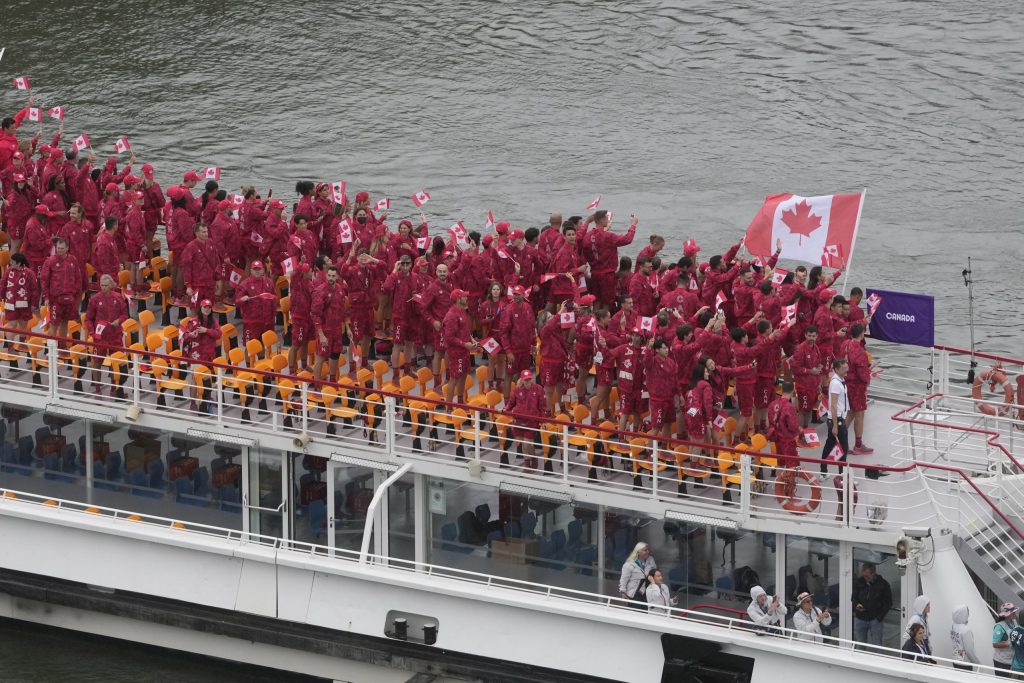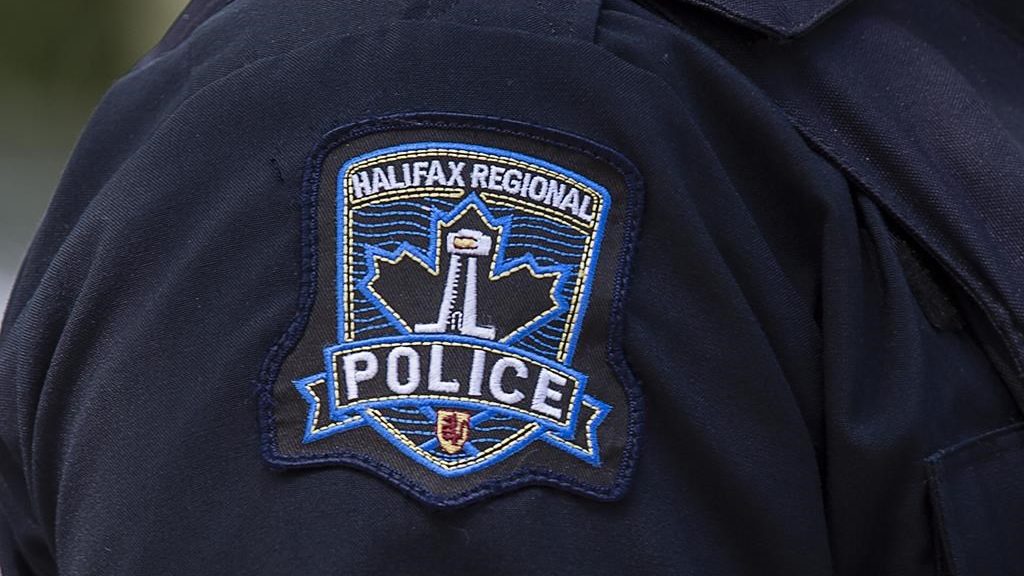N.L. protest cause rooted in price-setting systems for fishers and processors

Posted Mar 21, 2024 05:03:35 PM.
Last Updated Mar 21, 2024 05:16:02 PM.
The protest that erupted Wednesday outside the legislature in Newfoundland and Labrador has its roots in a complex, years-long struggle between independent fish harvesters and processors over the price-setting system, industry observers say.
The issues at the heart of the dispute go back decades, but on Wednesday the growing frustrations boiled over at a demonstration that saw mounted police riding into a crowd and two people — one a police officer — being taken away on stretchers.
On Thursday, the protest continued as the budget — which was postponed due to the conflict — was delivered, as police wearing riot gear stood at the legislature entrance.
Sean Cadigan, a professor of history at Memorial University, said in an interview Thursday that one underlying factor in the tensions is the plunge in prices for snow crab, the province’s most valuable seafood export. From highs of over seven dollars per pound during the pandemic, the price fell to about two dollars per pound last year, creating hardships for harvesters at a time harvesters’ expenses are rising.
He said that has combined with long-standing suspicions that harvesters have toward the small group of companies that dominate fish processing in the province.
“There is discontent in the province over how prices are being set,” Cadigan said, adding that last season the low prices led to a six-week tie-up by fishers in the spring before they agreed to start catching crab.
Cadigan said the harvesters, frustrated by market conditions, have turned their attention toward government as a potential saviour, demanding that it take measures such as allowing more buyers from outside the province.
That alone would be a historical shift for the province, where for decades the focus was on processing fish caught off Newfoundland and Labrador at local plants — a principle that governments tampered with at their political peril.
“Harvesters in the industry have changed a lot from the days in which they might have favoured the notion that we should maximize benefits from the harvesting of fish resources within the province,” said Cadigan.
Some protesters have also said in interviews this week that the province should change the limits on several smaller processing plants, allowing them to purchase more of the catch — whether it be crab, lobster or shrimp — on the theory that it could create more competition and raise prices.
Cadigan said since the province has control over the processing rules, and how much catch goes to which factories, it’s natural for the fishers to turn to the provincial Fisheries Department to demand changes, in hopes this will improve competition.
The province has said it is responding to the various demands from the Food, Fish and Allied Workers, which represents the fishers. Elvis Loveless, the provincial fisheries minister, said this week his government is inviting in new buyers and is open to changing the buying limits of some processing factories.
“The provincial government will increase processing capacity in the snow crab industry before the start of the 2024 snow crab fishing season,” Loveless said in a release Thursday, adding the extent of the increase will depend on what the federal Fisheries Department determines the allowable catch should be.
However, Cadigan said one of the ironies about the dispute is that even if the fishers were to have their demands met for regulatory change, they may not find it radically changes the prices harvesters would receive.
“I’m not convinced that conditions outside the province are all that much more competitive than they are inside the province. So, I don’t know how much change people will see in the buying of fish over the long haul,” he said.
This report by The Canadian Press was first published March 21, 2024.
Michael Tutton, The Canadian Press








